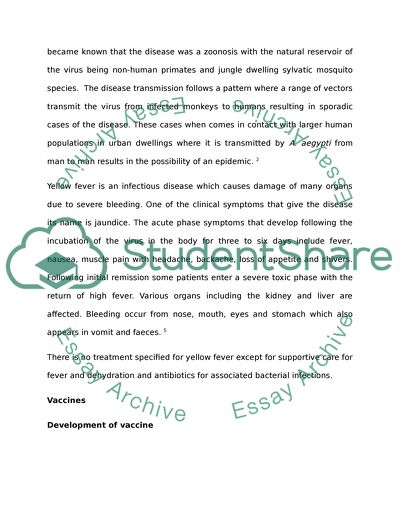Cite this document
(“Yellow fever. Development of vaccine Research Paper”, n.d.)
Yellow fever. Development of vaccine Research Paper. Retrieved from https://studentshare.org/history/1513490-yellow-fever-development-of-vaccine
Yellow fever. Development of vaccine Research Paper. Retrieved from https://studentshare.org/history/1513490-yellow-fever-development-of-vaccine
(Yellow Fever. Development of Vaccine Research Paper)
Yellow Fever. Development of Vaccine Research Paper. https://studentshare.org/history/1513490-yellow-fever-development-of-vaccine.
Yellow Fever. Development of Vaccine Research Paper. https://studentshare.org/history/1513490-yellow-fever-development-of-vaccine.
“Yellow Fever. Development of Vaccine Research Paper”, n.d. https://studentshare.org/history/1513490-yellow-fever-development-of-vaccine.


